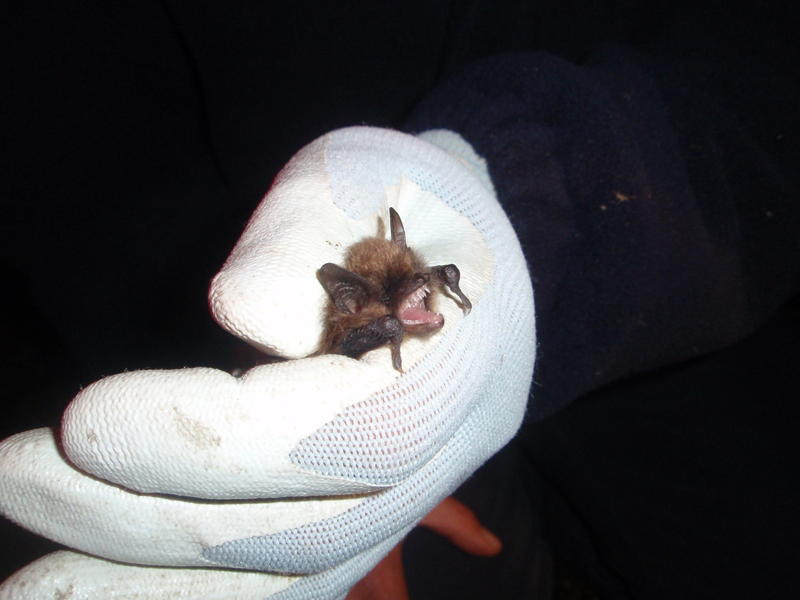Explore the bats you can see in the North East and when to see them with NHSN Student Naturalist, Alex.
Bats have existed on earth for around 50 million years and are regarded as fascinating and elusive creatures. Most have never seen one up close and instead have spotted them as dark figures swooping above your head on an autumn night.
Bats can adapt to a wide range of environments, from caves and mines to suburban communities and inner cities. So, it’s no surprise that there is an abundance of bat species thriving in the North East.

There are eight species of bat known to be present and breeding in the North East, a number which is probably higher than you expect. These species are the Whiskered Bat, Common Pipistrelle, Soprano Pipistrelle, Brandt’s Bat, Natterer’s Bat, Daubenton’s Bat, Noctule Bat and Brown Long-eared Bat.


Bats are obligate hibernators, meaning that they spend large parts of every year hibernating. They rely on their bodies’ fat reserves for energy. This is done in underground caves for around 5 to 7 months over the winter each year. They enter hibernation in November with many not being fully active until May. They can then be seen throughout the summer and autumn, most notoriously being known for their swarming behaviour once the sun has set on autumn nights.
What is bat swarming?
Many species of bats congregate in large numbers in caves and mines. This behaviour could be linked to mating, as well as for locating hibernation locations. They come out of their caves to swarm in the sky, chasing each other around in the entrances of caves in a dazzling dance.

Spotting an autumn swarming can be challenging as most happen out of sight. Passionate bat enthusiasts wanting to see swarming spend their time hiking to secluded areas and waiting until after sunset to catch a glimpse of the phenomenon.
Outside of swarming, bats can be easy to spot both in a city centre and in the countryside. Summer is the best time for bat spotting as it is when they hunt for flying insects. Your chances of spotting a bat are highest on a dry, calm evening. Ideally, by a body of water and in an area without too much light pollution. You could catch a glimpse of one swooping down over a canal or lake to take a drink.
Much like other species in the UK, bats are not immune to climate change. They require stable and cool temperatures to hibernate. With rising temperatures, we are seeing bats move further north in the UK in search of colder winters. Each new generation is shifting slightly northwards. With climate change, we risk seeing a decline in bat populations in the UK and across the globe.
Are you interested in learning more about bats and swarming? Watch our recent 1829 Talk.